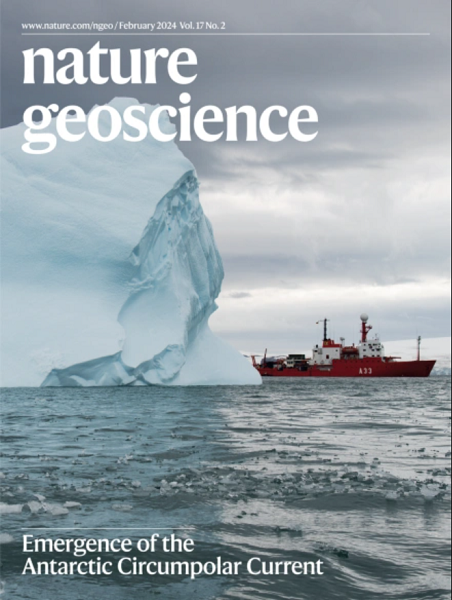Multidecadal persistence of soil carbon gains on retired cropland following fertilizer cessation
IF 16.1
1区 地球科学
Q1 GEOSCIENCES, MULTIDISCIPLINARY
引用次数: 0
Abstract
Humans have increased atmospheric carbon dioxide (CO2), causing major changes in global climate while concurrently increasing the supply of biologically limiting nutrients especially nitrogen (N). Despite myriad negative effects on ecosystems and human health, nutrient pollution can increase the storage of soil carbon (C) in grasslands and retired farmland, potentially reducing atmospheric CO2. However, the persistence of nutrient-induced soil carbon gains remains a knowledge gap at the heart of a potential policy dilemma: whether reducing nutrient pollution could lead to the release of soil carbon that accumulated under high nutrient supply. Here we use a four-decade experiment conducted on retired, marginal cropland to demonstrate that nutrient addition increased soil C storage after intensive tilling, and that these soil C gains persisted for at least three decades following fertilizer and tilling cessation. This occurred despite plant biomass rapidly returning to pre-fertilization levels and plant community composition recovering from the effects of fertilization. These results demonstrate that nutrient-induced increases in soil C can persist for decades following reduced nutrient pollution as long as the soil remains untilled. Nutrient-induced soil carbon gains in grasslands can persist for decades after fertilization stops as long as the soil remains untilled, according to a multidecadal field experiment on retired agricultural fields with sandy soils.

停止施肥后退耕农田土壤碳增益的多年代际持续性
人类增加了大气中的二氧化碳(CO2),造成了全球气候的重大变化,同时增加了生物限制性营养物质特别是氮(N)的供应。尽管营养物污染对生态系统和人类健康有无数负面影响,但它可以增加草原和退耕农田中土壤碳(C)的储存,从而潜在地减少大气中的二氧化碳。然而,营养诱导的土壤碳增加的持久性仍然是一个潜在政策困境核心的知识缺口:减少养分污染是否会导致在高养分供应下积累的土壤碳的释放。在这里,我们使用在退休边缘农田进行的40年实验来证明,在集约化耕作后,添加养分增加了土壤C的储存,并且这些土壤C的增加在肥料和耕作停止后至少持续了30年。尽管植物生物量迅速恢复到施肥前的水平,植物群落组成也从施肥的影响中恢复。这些结果表明,只要土壤未开垦,养分污染减少后,养分诱导的土壤C的增加可以持续数十年。根据一项对沙质土壤的退耕农田进行的数十年田间试验,在停止施肥后,只要土壤不耕作,草地上由养分引起的土壤碳增加可以持续几十年。
本文章由计算机程序翻译,如有差异,请以英文原文为准。
求助全文
约1分钟内获得全文
求助全文
来源期刊

Nature Geoscience
地学-地球科学综合
CiteScore
26.70
自引率
1.60%
发文量
187
审稿时长
3.3 months
期刊介绍:
Nature Geoscience is a monthly interdisciplinary journal that gathers top-tier research spanning Earth Sciences and related fields.
The journal covers all geoscience disciplines, including fieldwork, modeling, and theoretical studies.
Topics include atmospheric science, biogeochemistry, climate science, geobiology, geochemistry, geoinformatics, remote sensing, geology, geomagnetism, paleomagnetism, geomorphology, geophysics, glaciology, hydrology, limnology, mineralogy, oceanography, paleontology, paleoclimatology, paleoceanography, petrology, planetary science, seismology, space physics, tectonics, and volcanology.
Nature Geoscience upholds its commitment to publishing significant, high-quality Earth Sciences research through fair, rapid, and rigorous peer review, overseen by a team of full-time professional editors.
 求助内容:
求助内容: 应助结果提醒方式:
应助结果提醒方式:


